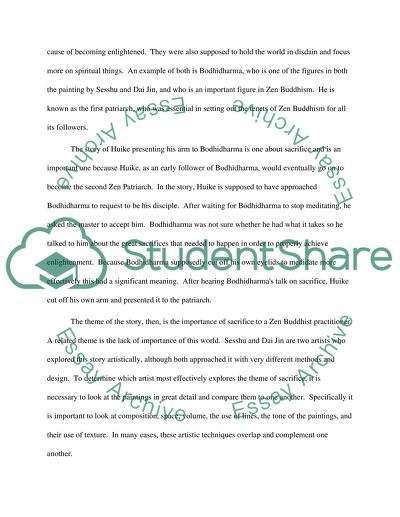Cite this document
(“Survery of Asian Art: Later Traditons Term Paper”, n.d.)
Survery of Asian Art: Later Traditons Term Paper. Retrieved from https://studentshare.org/miscellaneous/1572912-survery-of-asian-art-later-traditons
Survery of Asian Art: Later Traditons Term Paper. Retrieved from https://studentshare.org/miscellaneous/1572912-survery-of-asian-art-later-traditons
(Survery of Asian Art: Later Traditons Term Paper)
Survery of Asian Art: Later Traditons Term Paper. https://studentshare.org/miscellaneous/1572912-survery-of-asian-art-later-traditons.
Survery of Asian Art: Later Traditons Term Paper. https://studentshare.org/miscellaneous/1572912-survery-of-asian-art-later-traditons.
“Survery of Asian Art: Later Traditons Term Paper”, n.d. https://studentshare.org/miscellaneous/1572912-survery-of-asian-art-later-traditons.


